Caribbean Social Studies 2
 Naam Thomas, Nicole Philip-Dowe, Lisa Greenstein, Bruce Nicholson & Daphne Paizee
Naam Thomas, Nicole Philip-Dowe, Lisa Greenstein, Bruce Nicholson & Daphne Paizee

 Naam Thomas, Nicole Philip-Dowe, Lisa Greenstein, Bruce Nicholson & Daphne Paizee
Naam Thomas, Nicole Philip-Dowe, Lisa Greenstein, Bruce Nicholson & Daphne Paizee
In this unit you will find out ❯❯
My community
•The path to colonialism, life as a Crown Colony
•The transatlantic slave trade, emancipation
•Immigration and indentureship
•Diversification and unification within the Leeward Islands
Sources of historical data
•Primary sources
Historical sites and landmarks
•Historical sites and landmarks in the region
•The origins and significance of historical sites and landmarks
•Evaluation of multiple sources of information





Social composition of the region
•Historical factors that have contributed to the social development of the region
•The impact of historical events such as
❍ slavery, indentureship, inter-island migration

•The social development of various communities:
❍ gender, race, class
•The value of diversity in various communities
Economic development of the region
•Historical factors that have contributed to the economic development of the region
•Development of industries, such as sugar, rice, cocoa, oil
•Comparison of the economic development of various communities
❍ life in the village and the city
We are learning to: •define and apply various concepts: colonialism and Crown Colony.
Colonialism occurs when a powerful country, such as Britain, directly controls less-powerful countries, such as the islands of the Caribbean, and uses those countries’ resources to increase its own power and wealth.
The islands of the Caribbean changed hands among different European powers, including Britain, France and Holland.
For example, St Lucia and Grenada changed hands back and forth between the British and the French.
The French established plantations with the use of African slave labour on both islands. The British took control of Grenada through the Treaty of Versailles in 1783 and of St Lucia through the Treaty of Paris in 1814.
After the British gained control of the islands they began to exploit their natural resources. Raw materials, such as sugar, were exported back to Britain to be refined, and the islands became more reliant on imported goods.
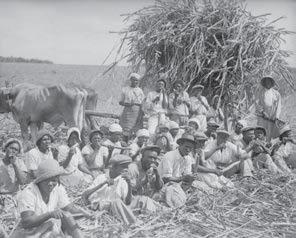
To maximise the opportunity for wealth, the British, like the French, brought in large numbers of enslaved Africans to work on the plantations. The Africans were subjected to terrible conditions on their journey. Many died making the crossing from Africa.
Exercise
1. In your own words, define the term colonialism.
2. List the different European countries that colonised the islands of the Caribbean.
3. How did the British exploit the islands of the Caribbean for commercial gain?
Project
Throughout this unit you will create a timeline of events. Add short notes about the importance of the dates.
Before Trinidad and Tobago became a unified state, Tobago was colonised by the European colonial powers of France, Holland and Britain 22 times in total.
All the British colonies in the Caribbean were given the status of Crown Colony with the exception of Barbados. The ruling system of a Crown Colony was made up of:
•a Governor, who ruled the island and represented the British Crown in London
•a Legislative Council, chosen by the Governor to help him run the island.
Before Crown Colony rule the colonies were ruled by a representative system of government. This allowed for wealthy planters to be elected by virtue of their ownership of property to an Assembly, which administrated the affairs of the colony under the authority of a Governor.
With the coming of Crown Colony government the Assemblies were dissolved and wealthy planters were nominated by the Governor to serve on the Legislative Council.
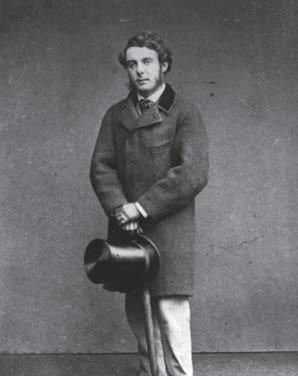
Neither the representative system nor the Crown Colony system of government were truly representative of all the people in the colonies. They only represented the wealthy planters.
With the end of slavery and immigration, black and Indian majorities demanded a voice in the running of the government. They expressed their discontent through strikes, riots and the formation of trade unions and political parties.
4. In your own words, explain the term Crown Colony.
5. Who made up the Assembly under the representative system of government?
6. Do you think colonialism was good or bad for the islands? Write 100–150 words.
7. Start your timeline by adding any key information you have studied.
Key vocabulary
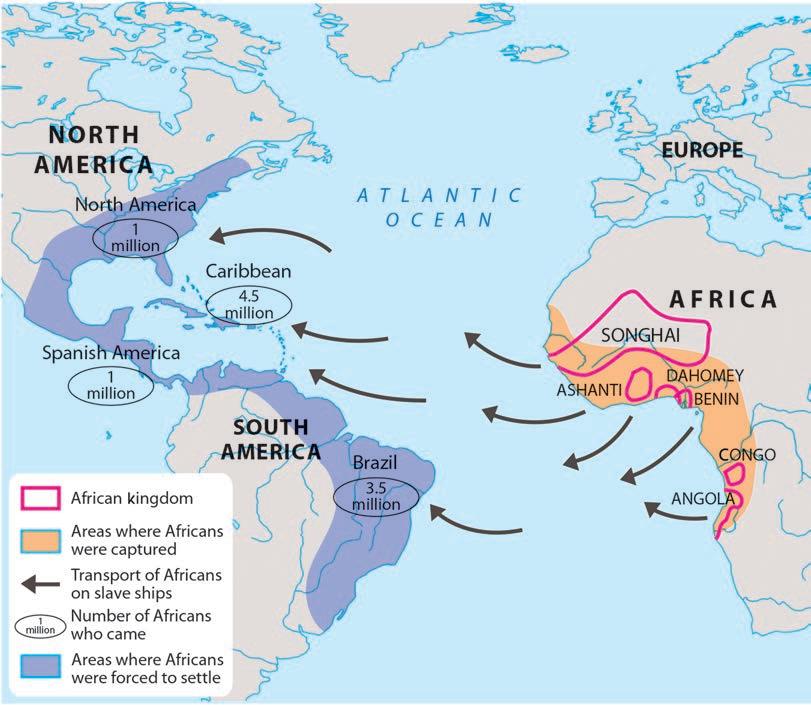
We are learning to:
• define and apply various concepts: transatlantic slave trade and emancipation.
The transatlantic slave trade was the transportation of people from Africa to the American continent to be sold as enslaved people in the 17th to 19th centuries. An estimated 10 million people were forcibly removed from Africa to work as enslaved people and provide labour on sugar, cocoa, coffee and cotton plantations. Life on the plantation was harsh. Enslaved people worked for ten hours per day, for six days of the week. Some people worked in the field, planting, cutting and harvesting sugar cane. Others worked as domestics in the planters’ houses, cooking, cleaning, washing and taking care of the planters’ children. Others worked as blacksmiths, masons or factory workers. The enslaved person was the property of his or her master. Enslaved people had absolutely no rights or freedom. They had no physical, economic, political, social or religious freedom. The enslaved Africans came from Central and West Africa, in particular the Hausa, Yoruba, Congolese, Igbo and Malinké communities.
Emancipation is the removal of restraint or restrictions on an individual or a group of people. The slave trade was a very profitable business for nearly 300 years. Enslaved people all over the world were treated with great cruelty. They were forced to do hard manual labour and live under terrible conditions. So why did this end? There were humanitarian, intellectual and economic reasons for this.
• Strong moral convictions led people to believe that slavery was an inhumane practice.
• People were also becoming more aware of humanitarian ideas like liberty and equality, and the concept that everyone should have these rights, not just a few privileged people.
• Economists argued that slave labour was inefficient, and that the cost of having enslaved people was more expensive than paying for hired help.
• Economists wanted free trade policies, which meant buying from the cheapest supplier. Sugar from the plantations where enslaved people were forced to work was more expensive than sugar from other countries, where labourers were paid for the work they did.
• Plantation owners had begun to face competition from the sugar beet industry in European countries.
In Britain, a Member of Parliament called William Wilberforce heard about the terrible conditions under which enslaved people were brought to the West Indies. He introduced a bill in the British Parliament to stop the practice of slavery in the British Empire. He died soon after the law was passed.
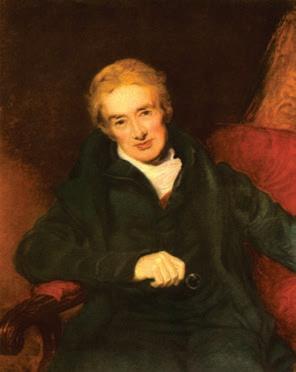
On 1 August 1834, the Emancipation Bill came into effect. This abolished slavery in the British Empire, including the British colonies in the Caribbean. Today, most former British colonies in the Caribbean celebrate Emancipation Day on 1 August or the first Monday in August.
1. Explain in your own words what led to the emancipation of enslaved people.
2. How did the ideas of liberty and equality affect people’s attitude to the slave trade?
3. Imagine you are an enslaved person working on a sugar plantation in the Caribbean. In 150 words write about your experiences.
Discuss this question in groups: ‘If you had been a plantation owner, would you have supported or opposed the abolition of slavery? Why/why not?’
We are learning to: • define and apply various concepts: immigration, indentureship, belief systems.
When slavery was abolished in 1838, most of the enslaved people left the plantations to set up their own small farms and industries. This meant that there were not enough people to work on the plantations and this affected the economy of the islands.
The plantation owners approached the British government to set up an immigration system to help with the labour shortage. This became known as indentureship. The immigrants came on a voluntary basis, unlike the earlier enslaved people, who were forced. Indenture was a system where persons gave their labour willingly and were bound by a contract to work for an employer for a fixed term, usually on the plantations. Upon completion of the contract, they were free to go.
Europeans came from Scotland, Portugal, Malta and Germany to the Caribbean. They were often destitute or homeless and came to start a new life. Immigrants from China also came to the Caribbean and settled mainly in Jamaica, Trinidad and Guyana.
Most of the immigrants at this time came from India. Between 1845 and 1917 about 416 000 East Indians came to the Caribbean under the indentured labour system. The indentured system came to an end in 1917.
Some Indian immigrants decided to stay and make the Caribbean their permanent home after they had completed their indenture. They brought their families to the islands, bought land and started their own businesses. For example, today the descendants of these labourers make up 35 to 40 per cent of the population of Trinidad and Tobago.
1. In your own words, define a) immigration and b) indentureship.
2. Write a short explanation of the differences between slavery and indentureship.
3. Explain briefly why indentured labourers came from India to the Caribbean.
1839:
1845:
One scheme allowed male Indians who had lived in Trinidad for 10 years to get 10 acres of Crown land instead of a free return to India.
Work in pairs. Find out more about an Indian or Chinese family that came to work in the Caribbean. Complete this for homework.
There are many factors that contributed to the end of the system of indenture. For example:
• Nationalism in India. India was a British colony at this time and a nationalist movement was taking root. Leaders like Mahatma Gandhi and Gopal Krishna Gokhale questioned the system of indenture.
• Humanitarian ideas. In 1911, the Government of India issued a statement about the indenture system. It said that “more and more [people] were coming to believe that the system is objectionable and should be discontinued”.
• Unhappiness about working and living conditions. Workers were unhappy with their low wages and the lack of jobs, and some blamed the indenture system for this. The Indian immigrants were also finding work on the plantations less and less attractive. Although governments put systems in place to protect the immigrant workers, they were not very effective.
• The living conditions of the immigrants were poor, they were not able to move around freely, and many workers were mistreated and punished severely for minor offences. Eventually this led to clashes with the authorities.
• The Indian immigrants started to leave the big plantations to become small independent sugar farmers. For example, by 1902, more than half the sugar produced in Trinidad was produced by these independent farmers.
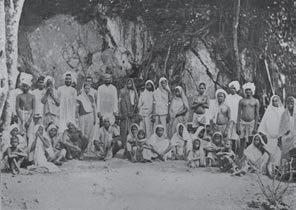
• Disruptions caused by World War I. From 1914 until 1918, the world was at war. This caused disruptions in shipping, which meant that workers could not travel safely between India and the Caribbean.
4. Explain in your own words the factors that contributed to the end of the indentured labour system.
5. Work in pairs. Make a poster that shows the cultural influence of these Indian immigrants on the islands of the Caribbean. Think about food, music, names and businesses.
6. Take key dates from the information you have studied and add them to your timeline.
Indian Arrival Day is celebrated on 30 May every year in Trinidad and Tobago – the first country to start this holiday.
We are learning to:
• define and apply various concepts: diversification and unification.
After emancipation, agriculture began to diversify. Further diversification also took place when the indentured labour system was ended. Diversity was an important step in the development of agriculture in the Caribbean, which for a long time had been a monoculture based on sugar production.
Agricultural diversification meant that a wider range of crops was grown across the country:
• the growing of ground provisions such as yam, cassava, dasheen
• the rearing of livestock
• the growing of vegetables such as corn and peas
• the cultivation of fruits such as cocoa, bananas, citrus fruits and nutmeg.
There were several advantages to diversification:
• More and more people were able to feed and support themselves by growing their own food and raising livestock (peasant farming).
• People developed skills and experience as they started to farm new crops. This gave farmers the ability to respond to changes in the market. For example, the demand for cocoa expanded as the finished product became more popular with the European public due to big brands like Cadbury’s chocolate.
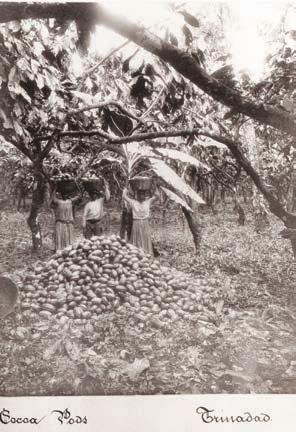
• There was less reliance on sugar farming – so, when sugar prices collapsed or demand for sugar dropped, farmers were able to make a living from producing other crops.
• Crops were grown throughout the year, so people had food, work and income all through the year.
Research the following benefits of agricultural diversification:
a) the links between agriculture and other industries
b) how it can create employment
c) how exporting goods can earn money for the country
d) how it can cut a country’s food bill
Write 150–200 words.
Unification is the process where two countries, or more, join together. Unification among the islands of the Leewards was a common trend. Examples include St Kitts, Nevis and Anguilla; Antigua and Barbuda; and the British Virgin Islands. These unions were all formed by the British government as a means of making the islands more economically viable.
St Kitts, Nevis and Anguilla were unified in 1967. In 1971 Anguilla opted to leave the union and return to being a British overseas territory. In 1988 Nevis held a referendum to separate from St Kitts, but the majority of the voters chose to remained unified.
Antigua and Barbuda gained their independence from Britain in 1981 as a united state.
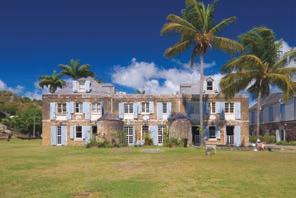
The union of the British Virgin Islands includes the islands of Tortola, Virgin Gorda, Anegada and 50 other smaller islands. They form part of the British Overseas Territories. The others include the Cayman Islands, Turks and Caicos Islands, Montserrat and Anguilla. The citizens of these states are considered full British citizens.
1. Explain what agricultural diversification means.
2. How does diversification help with employment?
3. If you owned a small farm and you wanted to provide your family with food and a secure income throughout the year, what would you try to do? Why?
4. Explain in your own words the term unification.
5. Note key dates from the information you have studied and add them to your timeline.
6. You have been asked to research an historical event that has happened in your country. What primary sources do you think you will need? List them and then do some research. Write 100–150 words.
We are learning to:
• define and apply various concepts: primary and secondary sources
• identify examples of primary sources
• analyse primary sources of data
• use and appreciate the variety of sources used to collect data
• work collaboratively.
A primary source is a document or physical object that was written or created at the time that provides direct or first-hand evidence about an event, object, person or work of art.
Primary sources are usually found in museums and libraries, for example, the Barbados National Archives. Examples of primary sources include:

• photographs, diaries, letters
• autobiographies, biographies
• birth and death certificates
• places, such as historical buildings or cemeteries
• speech, and audio and video recordings. Other examples can include drawings, posters, literature, art, music, artefacts (coins, clothing, tools, furniture, fossils), newspaper articles, emails, the internet or government documents (reports, bills, proclamations, hearings, etc.), research data and reports.
If you want to find out what life was like under indentureship, you should study these sources.
1. Write your own definition of a primary source.
2. How many examples of a primary source do you have in your school?
3. Working in groups, create a brochure giving information about a historical event that has happened in your country. Use primary and secondary sources to collect information and draw up a timeline of the event. Present your work to the rest of the class.
A secondary source is a book or document that was created by someone who did not experience first-hand or participate in the events or conditions being researched. Examples of secondary sources include:
• textbooks, bibliographies and biographical works
• reference books such as dictionaries, encyclopedias and atlases
• articles from journals, magazines and newspapers
• books published after the events have occurred
• history books.